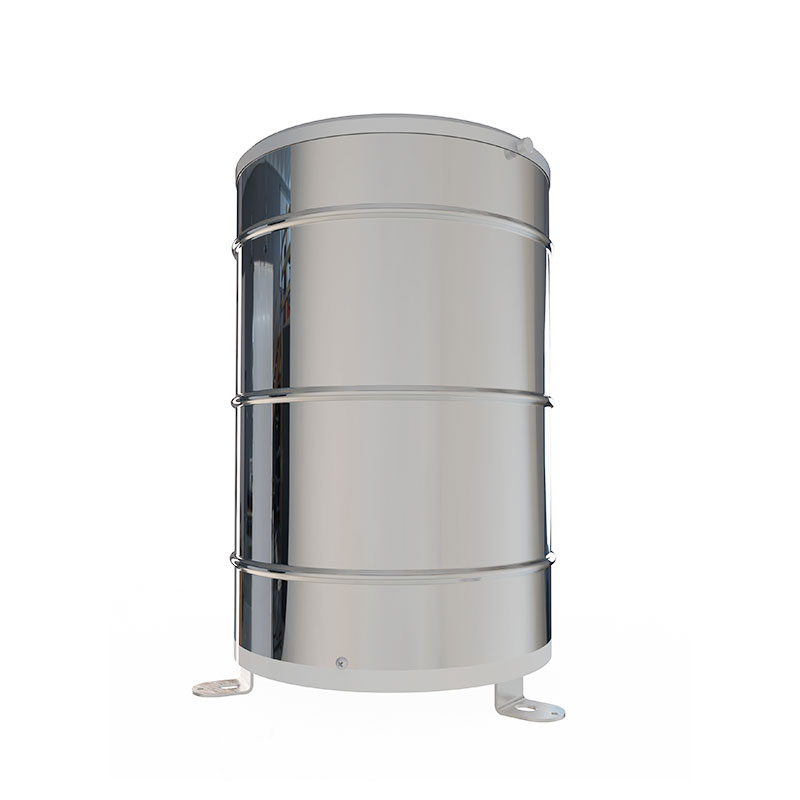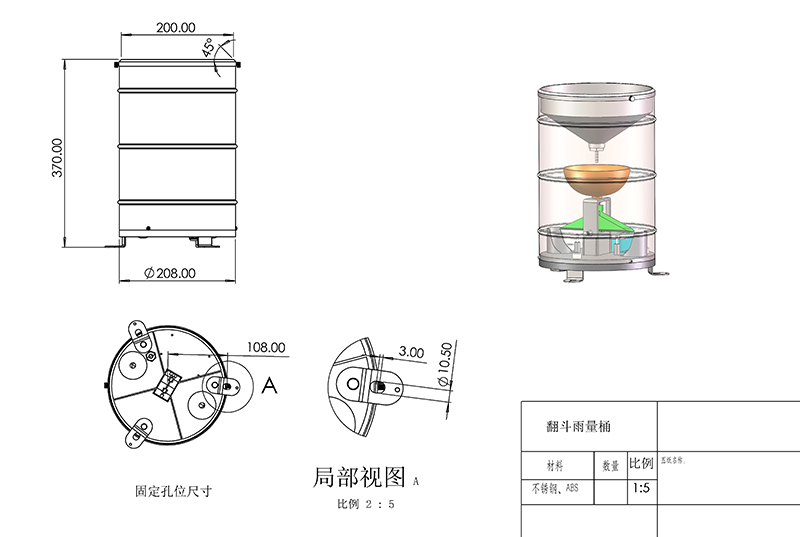Tianyi Sensor IOT Technology Co., Ltd
Sales Manager:Ms. Emily Wang
Cel,Whatsapp,Wechat:+86 15898932201
Email:info@fengtutec.com
Add:No. 155 Optoelectronic Industry Accelerator, Gaoxin District, Weifang, Shandong, China

Sales Manager:Ms. Emily Wang
Cel,Whatsapp,Wechat:+86 15898932201
Email:info@fengtutec.com
Add:No. 155 Optoelectronic Industry Accelerator, Gaoxin District, Weifang, Shandong, China

Model:YL1
Brand:tianyi
1.Tipping Bucket Rain Gauge Technical Indicators
Tipping Bucket Rain Gauge is a relatively simple rainfall measurement tool that measures rainfall by collecting and counting raindrops.
1.Power supply: DC12V
2.Power consumption: 0.02W
3.Working environment: 0~50℃
4.Communication interface: RS485
5.Operating current: 2mA DC12V
6.Minimum data interval: 0.5S
2.Tipping Bucket Rain Gauge parameters
| Rain gauge diameter | Φ200mm |
| Operating temperature | 0~50℃ |
| Working humidity | <95% (no condensation) |
| error | ≤±2% |
| Resolution | 0.2mm |
| Rainy range | 0mm~4mm/min, maximum rainfall intensity allowed 8mm/min |
| Heavy rainy range | 0~10mm/min, maximum rainfall intensity allowed 15mm/min |
| Output method | Modbus485 |
3.Tipping Bucket Rain Gauge product size diagram

Nowadays, the demand for meteorological monitoring is no longer limited to fixed locations. In scenarios such as field scientific research, emergency rescue and disaster relief, and temporary event venues, people urgently need a means to obtain meteorological data at any time. As a result, the Porta...
The Wind Sensor employs the time-of-flight measurement principle, accurately calculating wind speed and direction by detecting changes in the speed of ultrasonic waves propagating in the air....
The hand-held radar current meter works based on the Doppler effect principle. The radar probe of the instrument emits 24GHz microwave signals, which will be reflected when they hit the flowing water surface. Since the water surface is in a flowing state, the frequency of the reflected signals will...
What kinds of Wind Speed Sensors are there on the market and how should consumers choose?There are a wide variety of Wind Speed Sensors available in the market. However, according to the detection principles, they can be classified into mechanical sensors, ultrasonic sensors, thermal sensors, Pitot...